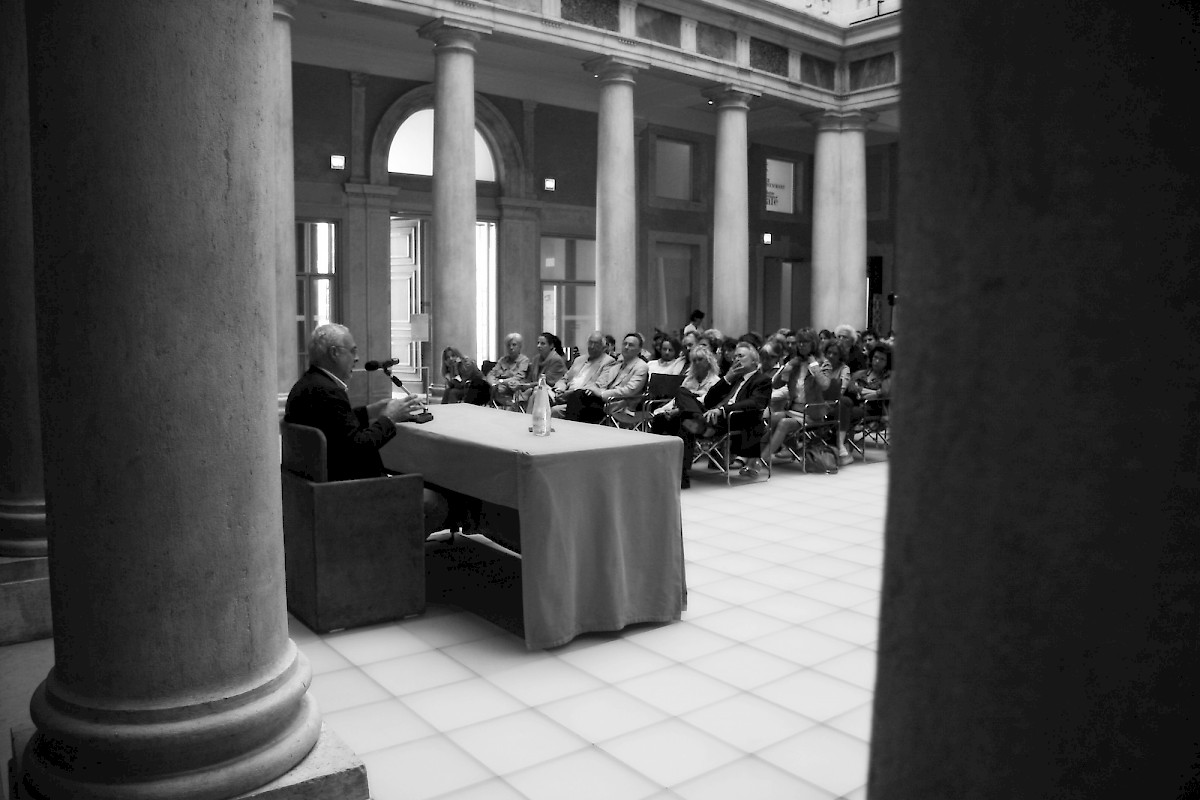
Talk by Francesco Bonami - Si crede Picasso. Artisti veri e artisti finti
Palazzo Grassi presents a talk by Francesco Bonami, curator of the 75th Whitney Biennial of American Art that took place in New York in 2010 and designated by François Pinault as a co-curator with Alison Gingeras of the exhibition Mapping the Studio at Punta della Dogana and Palazzo Grassi in June 2009.
He has previously worked with François Pinault in 2008 as he curated the exhibition Italics. Italian Art between Tradition and Revolution, 1968-2008, co-organized by Palazzo Grassi and the Museum of Contemporary Art (MCA), Chicago.
Francesco Bonami is also the author of books on contemporary art, including Echoes: Contemporary Art at the Age of Endless Conclusion published by Monacelli Press in 1996, Cream and Maurizio Cattelan’s monograph both edited by Phaidon in 1998 and 1999 and Lo potevo Fare Anch’io by Mondadori. He wrote his first novel Lezioni di Fumo published by Marsilio Editore in 2005. In 2008, he published Irrazionalpopolare with Luca Mastroantonio edited by Einaudi and in March 2009 Dopotutto non è brutto with Mondadori.
In may 2010 Mondadori editor published the book Si crede Picasso. Come distinguere un vero artista contemporaneo da uno che non lo è.
From the book Si crede Picasso. Come distinguere un vero artista contemporaneo da uno che non lo è:
"Even if some of them would never admit it, all artists would like to be Picasso. Why Picasso? Simple: he was everything that an artist could desire: talented, rich, famous, fascinating, sociable, prolific, popular, unmistakable. But, even more importantly, Picasso was a real artist. Strange as it may seem, there are artists who are fake, for all that they seem the real thing. In what sense? I mean that there are people who may behave like artists – regularly producing work that is sold and then exhibited in galleries and museums – but who are actually not artists at all. This is because the motivation behind their work is not written in their DNA; instead, it is the fruit of their own convictions and ideas about themselves, which often they manage to convince others about as well. If you train your eye by visiting museums and exhibitions, then you will – almost automatically – begin to see the difference between true and fake artists. The work of art by a real artist stirs within us a sensation that is entirely different to that produced by the work of a wannabe or someone who is trying to pass themselves off as an artist. That sensation has nothing to do with whether we like the work or not; it arises from that fact that, at first glance, the work strikes us as something inevitable, unforgettable. " Francesco Bonami